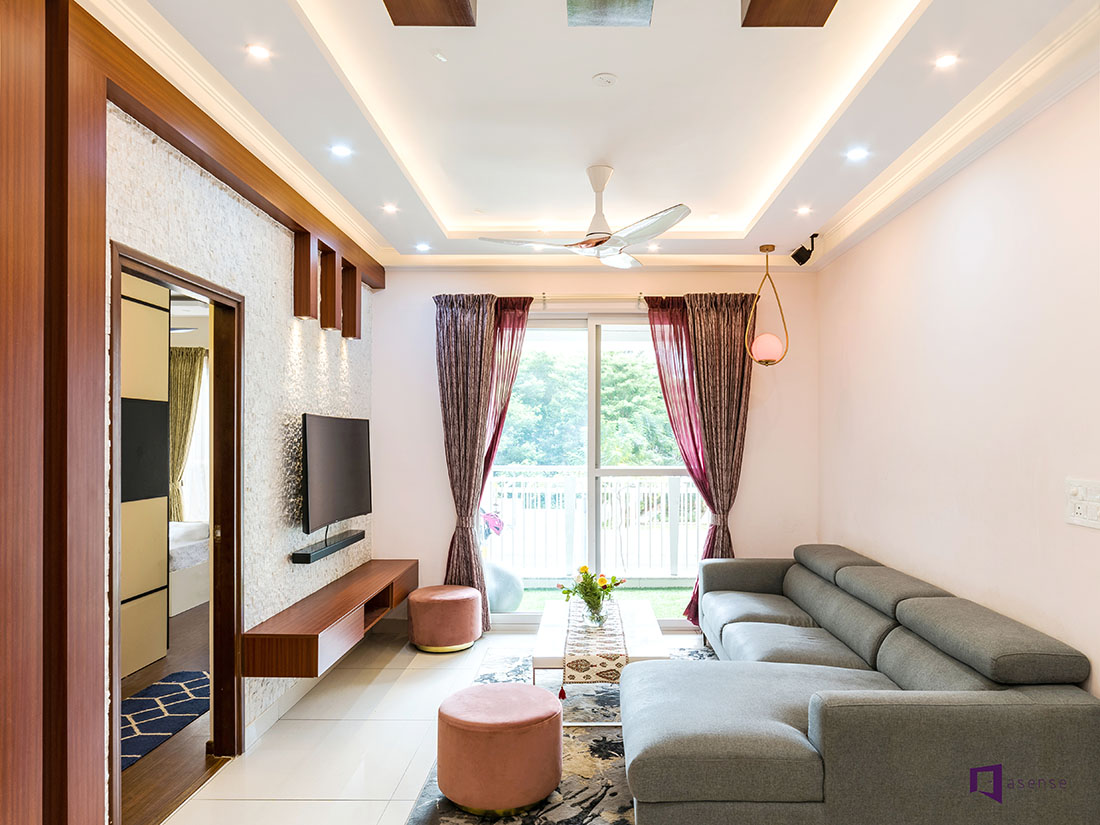Discover luxury interior design to elevate your home or office.
Discover luxury interior design to elevate your home or office.
Blog Article
Transform Your Home With Important Principles of Interior Decoration and Aesthetic Appeals
By understanding the impact of color theory and the relevance of appearance and patterns, one can produce rooms that are not only aesthetically enticing however also deeply individual. Accomplishing this equilibrium entails even more than simple design; it includes a calculated plan and a keen understanding of just how each element engages within an area.
Comprehending Shade Concept
Comprehending the principles of color theory allows developers to develop areas that reverberate mentally with owners while satisfying functional needs. Each group plays an essential duty in establishing harmony within a room.
The psychological influence of colors is profound; warm hues such as reds and oranges evoke energy and heat, while amazing tones like blues and environment-friendlies promote peace and peace. The usage of corresponding shades boosts aesthetic passion, producing striking contrasts that can elevate a room's charm.
Neutral colors, on the various other hand, offer as a flexible backdrop, allowing various other layout components to beam. It is necessary to think about aspects such as illumination and the room's function when picking a color palette, as these can alter the perception of shades throughout the day.
Ultimately, a well-considered color pattern can transform a space, promoting a feeling of convenience and design that straightens with the occupants' choices. Proficiency of shade theory is, therefore, an essential ability for any kind of indoor developer intending to create harmonious and inviting environments.
Accomplishing Balance in Style
Exactly how can designers attain a feeling of balance in their areas? Accomplishing balance in design is essential to developing unified insides. Developers can utilize three main sorts of balance: balanced, asymmetrical, and radial. Balanced equilibrium entails preparing aspects equally around a central factor, fostering a sense of order and serenity. This kind commonly includes sets of furnishings or art work, improving aesthetic security.
Unbalanced equilibrium, on the various other hand, relies upon varying components that still attain a natural look. This method enables even more vibrant and informal arrangements, supplying interest while maintaining balance. By thoroughly selecting differing dimensions, colors, and structures, developers can develop a visually engaging room that feels balanced yet energised.
Radial equilibrium highlights a main prime focus with components emitting exterior. This style is frequently seen in round layouts, where furnishings and style create a cohesive surround that attracts the eye internal.
Ultimately, accomplishing equilibrium requires thoughtful factor to consider of range, proportion, and the relationships between components. Architecture Firm. By skillfully using these balance concepts, developers can change rooms right into environments that feel both aesthetically pleasing and functionally harmonious, boosting the general experience for residents
Value of Spatial Recognition

A keen feeling of spatial understanding permits designers to identify focal points within an area, leading the viewer's attention to key features while maintaining a total feeling of unity. It also assists in the calculated placement of Read More Here lighting, which can dramatically affect the understanding of room and mood. Understanding spatial relationships allows the developer to provide to the details needs of inhabitants, making sure that each location serves its designated function without jeopardizing appearances.
Eventually, spatial awareness is crucial for making the most of the potential of any kind of interior room. By carefully taking into consideration the interaction in between dimensions, layout, and feature, designers can create settings that not only fulfill sensible demands however also evoke a feeling of comfort and appeal, boosting the overall living experience.
Integrating Appearance and Patterns
Welcoming a diverse variety of appearances and patterns can significantly improve the aesthetic and responsive allure of an indoor room. The critical usage of various products-- such as wood, steel, fabric, and stone-- creates deepness and rate of interest, making an area feel more welcoming and dynamic. For instance, integrating smooth surface areas with harsh structures can establish a balance that attracts the eye and engages the senses.
When including patterns, take into consideration both scale and repeating. Big patterns can offer as prime focus, while smaller, subtle styles can match other components without frustrating the area. Layering patterns, such as pairing floral cushions with striped tosses, includes complexity and a sense of harmony if performed thoughtfully.
It is likewise important to maintain a natural color combination, making certain that appearances and patterns interact rather than contend for interest. By selecting a few key structures and patterns, you can develop a linked visual that reflects your personal style while boosting the total atmosphere of the space. Ultimately, the mindful unification of these aspects can transform a mundane room right into a sophisticated setting abundant with personality and warmth.
Personalizing Your Room
Producing a space that reflects your personality is crucial to achieving an absolutely inviting environment. Personalization in interior style permits you to infuse your distinct design and rate of interests into your home, transforming it from a plain shelter into a haven that talks to that you are. Begin by choosing a shade combination that reverberates with your feelings-- bold tones can invigorate, while soft tones provide tranquility.
Incorporate art work and decoration that reflect your passions, whether it be traveling, nature, or abstract principles. Showing individual collections, such as books, pictures, or keepsakes, can stimulate treasured memories and produce centerpieces within a room. Furthermore, take into consideration customizing useful pieces, like upholstered furniture, to line up with your visual choices.

Conclusion
Finally, the change of a home via the crucial principles of interior decoration and looks requires a comprehensive understanding of shade theory, balance, spatial awareness, appearance, and personalization. Each aspect contributes considerably to developing a navigate to this site harmonious and useful living environment - Architecture Firm. By thoughtfully integrating these principles, individuals can enhance the aesthetic allure and emotional resonance of their rooms, ultimately promoting a home that reflects distinct identifications while offering convenience and functionality
Report this page